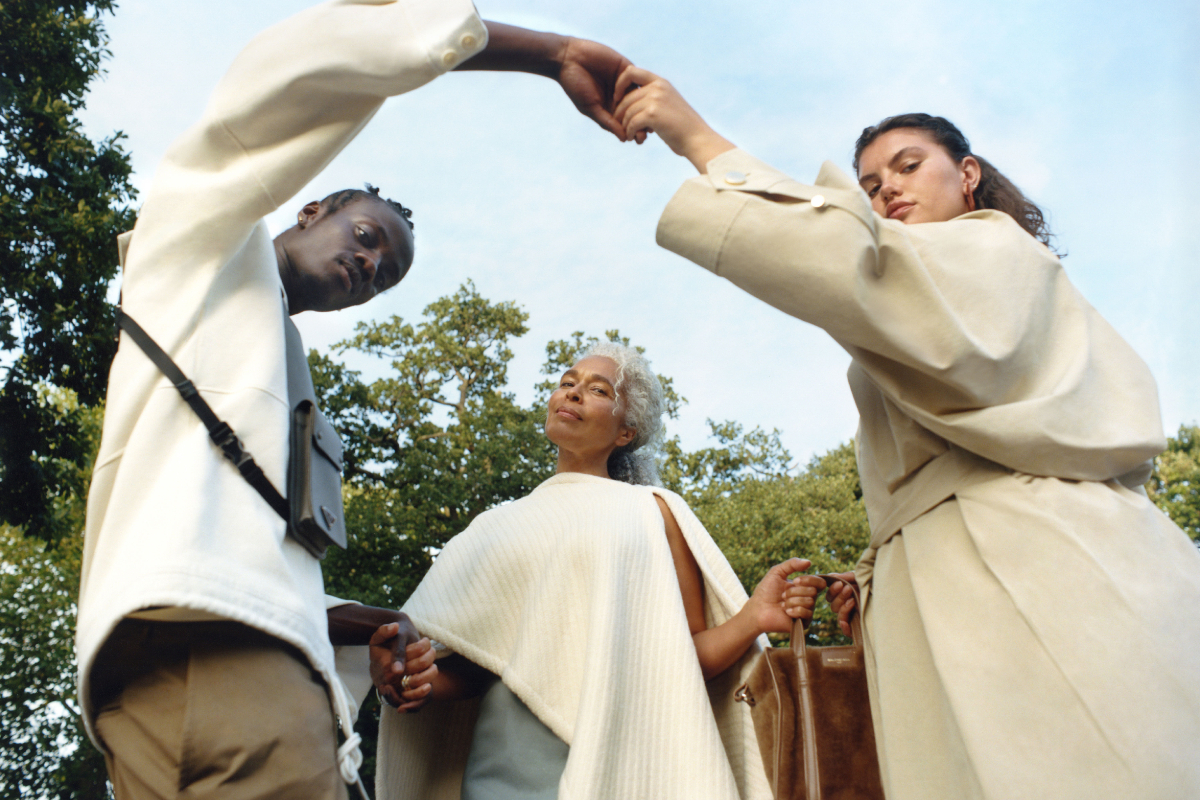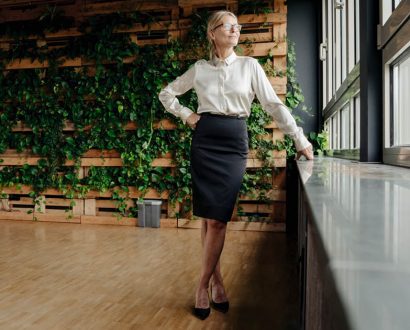Buying cheap, mass-produced fast fashion items every season is incredibly tempting, especially if money is tight or you simply love a bargain. But when things sound too good to be true, they usually are.
Worth an estimated US$31.4 billion in 2020, fast fashion accounts for 10 per cent of global pollution. Every time you buy a new item costing just a few dollars, it feeds the dark side of the industry.
Changing how we shop is vital to saving the planet – and Vestiaire Collective is forging the way.
The luxury ecommerce platform is a global community of more than seven million members who resell second-hand designer fashion items, creating a smart and sustainable approach to fashion.
Vestiaire Collective CEO Max Bittner told The CEO Magazine that 95 billion clothes are thrown in the bin after just six months of use. Education is the key to creating an environmentally friendly wardrobe.
“Throwaway fashion damages our planet,” he explains. “We need to start by stopping this pace and becoming more conscious.
“We disrupted the fashion ecosystem by driving change in the way we consume: to consume less, better and smarter.
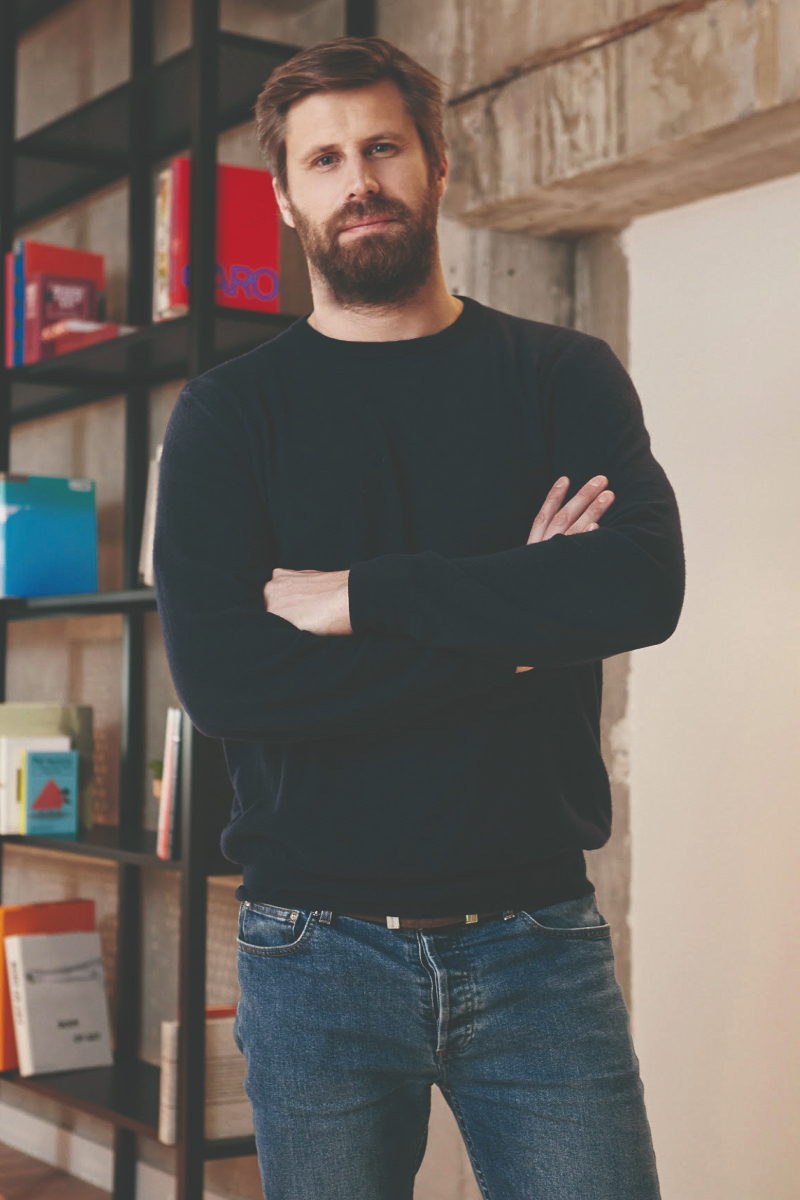
“We didn’t invent second-hand – we made it easier, inspirational and trustworthy. We welcome more people to circular fashion by explaining the benefits of it.”
Many of us are guilty of opening our wardrobe only to have ‘nothing to wear’. Astonishingly, up to 79 per cent of a person’s wardrobe hasn’t been worn in the past 12 months.
The driving force behind Vestiaire Collective is to guide fashion lovers to purchase versatile products to be re-used time and time again.
“Circular fashion is about buying less, buying better and keeping pieces in circulation for as long as possible,” Max explains. “If you buy qualitative products, they will have a resale value.”
Launched in 2009, Vestiaire Collective has disrupted the fashion ecosystem with its international community across 50 countries and a team of more than 300 employees.
“We didn’t invent second-hand – we made it easier, inspirational and trustworthy.” – Max Bittner
Not only has the company given new life to luxury products that would have sat unused at the bottom of wardrobes, it has also transformed the unappealing perception around second-hand goods.
“With the rise of the younger generation becoming more eco-conscious, striving for unique wardrobes and celebrities wearing vintage, more and more consumers are turning to second-hand,” he says.
The desire for conscious luxury goods is crystal clear. More than 25,000 new items are submitted every week, allowing shoppers to peruse more than 3,500 products daily.
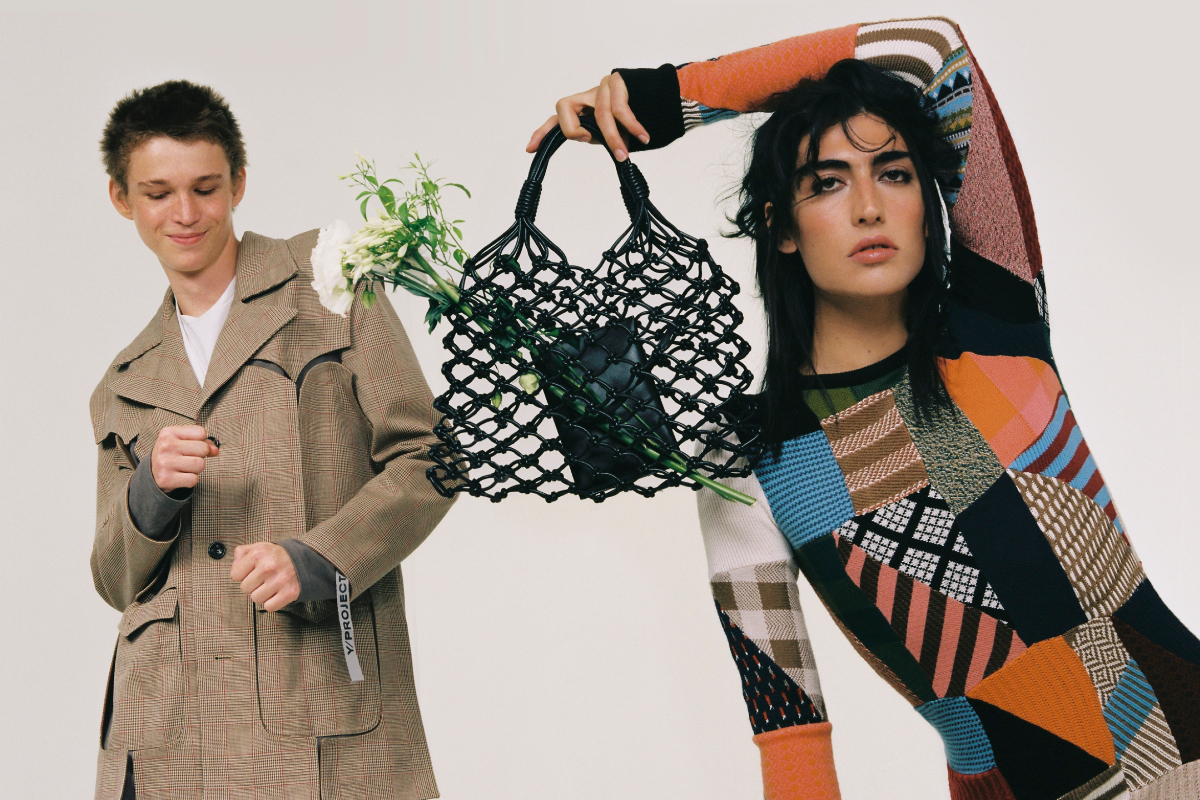
“Our business model was really built in answer to many of the challenges the fashion industry is facing today – we want to place circularity at the heart of the fashion industry and also the consumer mindset as an answer to the over consumption of throwaway fashion,” Max tells The CEO Magazine. “The resale market has boomed in response to a shift in the consumer mindset about the impact their wardrobe has on the environment and the way they buy fashion.
“The increasing awareness surrounding sustainability has driven more and more consumers to resell and now also rent, allowing them to keep up with trends without negatively impacting the environment.”
Since its inception 11 years ago, the green dream has created a continuous fashion cycle and it has flourished into a global movement.
“Our early vision was focused on embedding circularity at the heart of the fashion industry and consumer mindset by building a community for fashion activists around the world, creating a sustainable solution for selling pieces they no longer needed,” Max says.
Venturing well beyond its founding French borders, Vestiaire Collective has expanded across Europe and the US with a stronger focus put on Asia–Pacific including Japan, South Korea and Australia.
More recently it launched Direct Shipping, marking a significant development for the platform.
Ordinarily, sellers send the product to Vestiaire Collective first before it is sent to the buyer. Already used in Europe and the US, Australians can now opt out of physical quality control and authentication at the check-out to receive their purchase directly from the seller (only for products under US$603 (A$800).
In the first two weeks of launching, the opt-in rate was 65 per cent – highlighting the demand for faster delivery, lowered shipping-related carbon emissions, and reduced shipping costs and authentication fees.
Sustainability is well and truly at the forefront of many business ventures for the new decade. One of the key drivers Max believes has been the global pandemic.
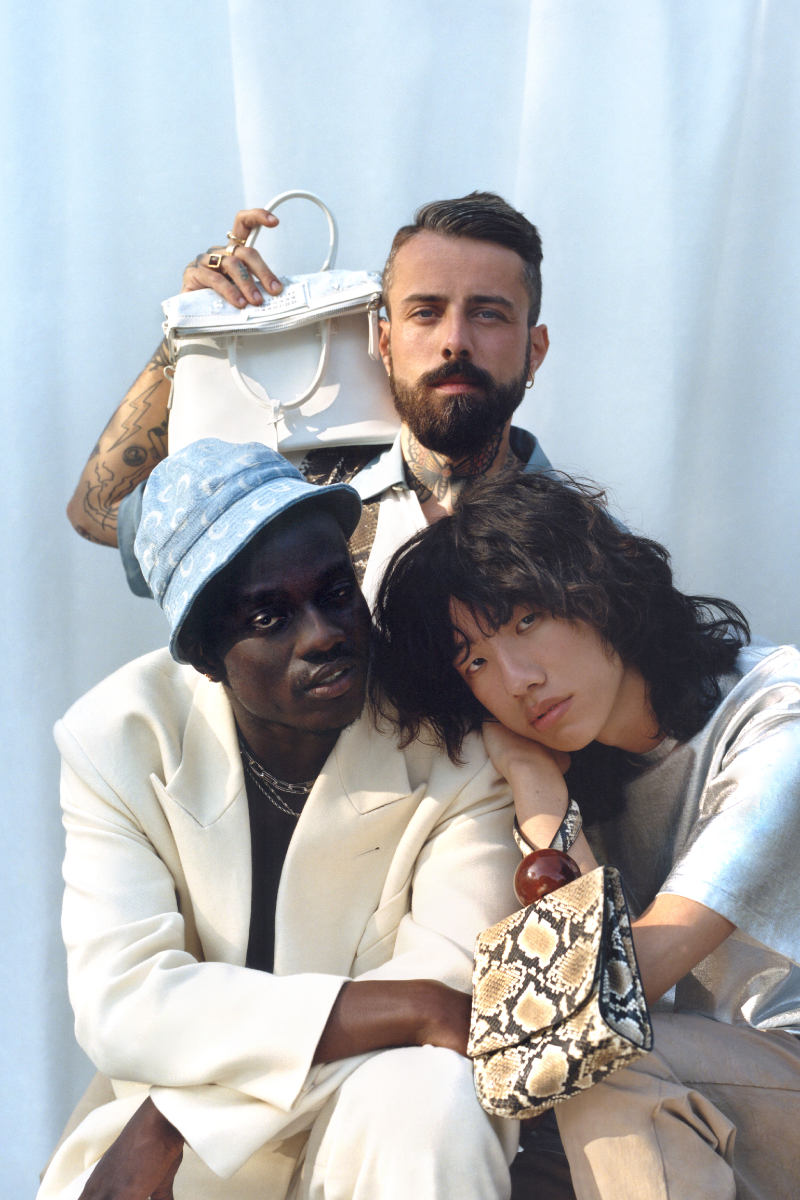
“During uncertain times like these, the importance of sustainability increases with the customer and they question and change their approach to consumption,” he says. “They are looking for a more environmentally friendly way to access the fashion they desire while becoming more resourceful by selling pieces they no longer wear.
“As many people are now facing a prolonged period of economic hardship due to the impact of the outbreak, they look for ways to raise money from unwanted pieces in their wardrobe.”
With so much noise around about sustainability, it can be difficult to know where to start. Vestiaire Collective Co-Founder Fanny Moizant has one hard and fast rule anyone can follow.
“She has a strict one-in one-out policy. If she wants to buy a new piece, she will sell something in her wardrobe to make room for it,” Max shares. “I think it’s a great way to look at consumption habits and really challenge your reasons for purchasing something new.”
And that’s not to suggest we should free our wardrobes from fast-fashion items that we already have, but instead use them substantially rather than wearing them once or twice, only to end up in landfill.
“Caring for your pieces is also an essential part of having a sustainable wardrobe to ensure those pieces can be used for as long as possible,” the CEO says.
Max Bittner’s rules of business
From working at Morgan Stanley’s Investment Banking division in London before joining McKinsey & Company in Germany, Max has travelled the world for his career.
Just two years ago he left Lazada – a company he founded in 2012 before selling a controlling stake to Alibaba Group – and has been with Vestiaire Collective since 2019.
Navigating the challenges thrown towards the business during the unprecedented pandemic, the CEO reveals his top three business insights.
Make a difference
“One of my key learnings is to keep the team focused on the big topics that really make a difference. I also want to empower managers to be able to test and trial things autonomously to keep the entrepreneurship alive in the company.”
Take a risk
“During my time at McKinsey & Company I spent a lot of time consulting for retail clients. Many of them were running quite traditional retail business models … it was crazy to see the impact ecommerce was having on their business.
“I was convinced the future of retail was in ecommerce so decided to explore the opportunities in the market. Then I founded Lazada a few years later and never looked back.”
Embrace individuality
“If you are trying to copy a model that is currently successful, you will fail. The industry is too dynamic, so you need to have your own vision of where you want to go.
“Follow your passion and your instincts; you need to find something that will make you want to get out of bed in the morning. Always try to keep an entrepreneurial state of mind – innovation is key to any retail business.
“Marinate a competitive edge so you never miss the opportunity to drive or suggest change where you believe it’s needed.”

